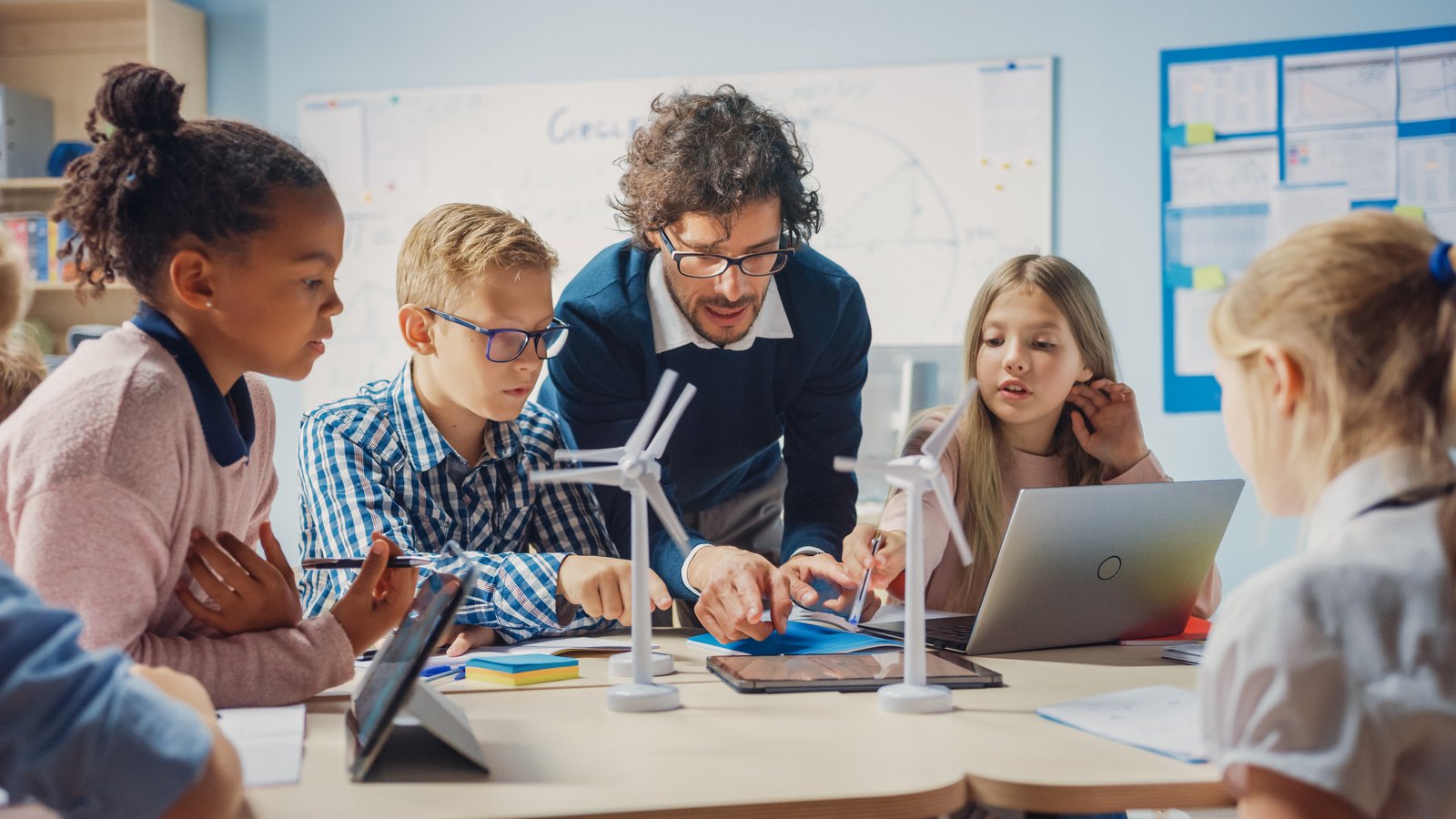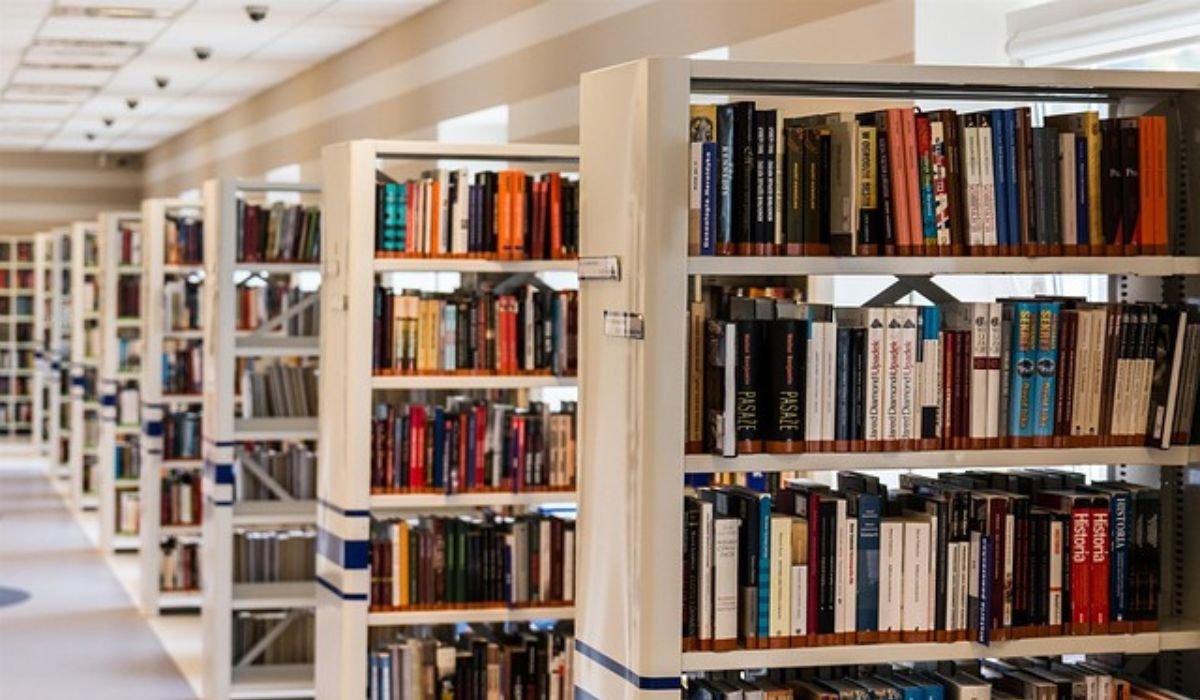In recent years, the education system has undergone significant transformation. Traditional schools, with their rigid schedules, set curriculums, and defined classroom structures, no longer seem to be the only viable option for students. As technology advances and societal needs evolve, flexible learning environments are emerging as a game-changer in how we approach education. These new models, including the innovative “the school house anywhere” concept, are giving students more control over their learning and making education more accessible, personalized, and relevant. Let’s explore how flexible learning environments are shaping the future of education and why they are here to stay.
What is a Flexible Learning Environment?
A flexible learning environment refers to a model of education that allows students to learn in ways that best suit their individual needs, preferences, and lifestyles. Instead of following a one-size-fits-all approach, flexible learning adapts to the diverse learning styles of students, giving them the autonomy to learn at their own pace and from locations that work best for them.
These environments may include online platforms, hybrid learning models, project-based learning, or self-paced courses. In addition to offering flexibility in time, place, and pace, flexible learning environments provide the opportunity for students to engage with the content in various ways, such as through hands-on projects, digital tools, or even real-world experiences. The school house anywhere concept is a prime example of this, where education is no longer confined to a classroom but can happen in any space—at home, in a café, in a park, or even while traveling.
Why Flexible Learning Environments Are Gaining Popularity
1. Personalization of Education
One of the key advantages of flexible learning environments is the ability to personalize education. Every student has a unique way of learning, whether they are visual, auditory, or kinesthetic learners. In a traditional classroom, it is often difficult for teachers to cater to each student’s individual needs. However, with flexible learning, students can choose the learning method that works best for them.
Whether a student thrives in an online classroom, through video tutorials, hands-on projects, or self-directed learning, flexible learning allows them to tailor their education to their strengths. For instance, a student who struggles with reading comprehension may benefit from interactive digital tools that provide instant feedback, while a more advanced learner can accelerate through topics they grasp quickly.
2. Breaking Down Geographic Barriers
The “school house anywhere” concept is an example of how flexible learning environments are breaking down geographic barriers. Students no longer need to be physically present in a traditional classroom setting to receive a high-quality education. With the rise of online schooling and virtual classrooms, education is now available to anyone with an internet connection.
For example, students living in remote areas or those who cannot attend school due to health or other personal reasons can now access educational resources online. This model also allows families who travel frequently to continue their children’s education without interruption. The flexibility to learn anywhere removes the geographical constraints that have traditionally limited access to education.
3. Flexibility in Time
Flexible learning environments also provide flexibility in terms of when students learn. Traditional schools typically require students to follow a set timetable, often from early morning to mid-afternoon. However, in a flexible learning environment, students have the freedom to study at times that work best for them.
This is particularly beneficial for students with unique schedules or personal commitments. For example, some students may prefer to study early in the morning, while others may work better later in the day or even at night. Flexible learning models allow students to choose their own study hours, providing them with greater control over their educational experience.
4. Promoting Self-Discipline and Responsibility
In a traditional classroom, students are often directed by teachers on what to do, when to do it, and how to complete assignments. In contrast, flexible learning environments require students to take more responsibility for their education. This encourages students to develop essential skills like self-discipline, time management, and goal-setting.
Students in flexible learning environments are empowered to make decisions about their learning, such as when to complete assignments or how much time to dedicate to studying. This autonomy fosters a sense of ownership and responsibility for their education, which is an important skill that will serve them well in their future careers and personal lives.
How Flexible Learning Environments Foster Creativity and Collaboration
1. Encouraging Creative Learning Experiences
Flexible learning environments open the door to more creative learning experiences. When students are given the freedom to choose how they engage with content, it sparks creativity and innovation. Instead of merely memorizing facts or following instructions, students are encouraged to think critically and apply their learning in real-world contexts.
For example, a project-based learning approach allows students to tackle problems creatively by collaborating with peers, conducting research, and developing solutions. These hands-on experiences not only deepen their understanding of the subject matter but also encourage creative thinking, problem-solving, and teamwork.
2. Collaboration Beyond the Classroom
The flexibility of learning environments also enables students to collaborate with others outside their immediate classroom. Virtual platforms allow students from different locations to work together on projects, share ideas, and learn from one another’s experiences. This fosters a global perspective, as students are exposed to different cultures, ideas, and approaches to problem-solving.
Through collaborative online tools and social learning platforms, students can connect with others across the world, making education a more interactive and globally connected experience. Whether it’s working on group projects or discussing ideas in virtual classrooms, these opportunities prepare students for a more connected and collaborative future.
The Role of Technology in Flexible Learning Environments
Technology plays a crucial role in enabling flexible learning environments. Online learning platforms, digital textbooks, educational apps, and virtual classrooms are just a few examples of how technology supports flexible education.
Through technology, students can access learning materials, engage in interactive lessons, and receive feedback from teachers at any time and from any location. This constant availability of educational resources means that learning is no longer limited to specific hours or locations, offering students the opportunity to study and collaborate when it’s most convenient for them.
Moreover, technology allows teachers to track student progress in real-time, enabling them to provide timely feedback and support. This enhances the learning experience for students and helps educators adjust their teaching methods to suit the needs of individual learners.
Challenges to Consider
While flexible learning environments offer numerous benefits, there are some challenges to consider. One of the biggest challenges is ensuring equal access to technology and reliable internet. Students who lack access to devices or broadband may be at a disadvantage in a flexible learning environment.
Additionally, while flexible learning encourages independence and self-discipline, some students may struggle with managing their time or staying motivated without the structure provided by traditional schools. It is important for educators and parents to provide support and guidance to help students develop the skills needed to succeed in a flexible learning environment.
The Future of Flexible Learning
As we look to the future, flexible learning environments are likely to become even more prevalent. With the ongoing advancements in technology and the growing need for personalized education, the school house anywhere concept will continue to expand, making education more accessible, inclusive, and adaptable.
In the future, students will have even greater freedom to learn in environments that suit their needs and preferences, from digital platforms to in-person experiences. The shift toward flexible learning marks an exciting new era in education, one where students are empowered to take control of their own learning and engage with the world around them in meaningful ways.
Conclusion
Flexible learning environments are not just a trend—they are shaping the future of education. By offering personalized, adaptable learning experiences, these environments empower students to take ownership of their education, foster creativity and collaboration, and break down geographic and temporal barriers. As we move forward, the possibilities for flexible learning are endless, making education more inclusive, dynamic, and accessible than ever before.
READ ALSO: 5 Digital Education Tools Making Distance Learning Easier For Students DataCamp’s AI courses











